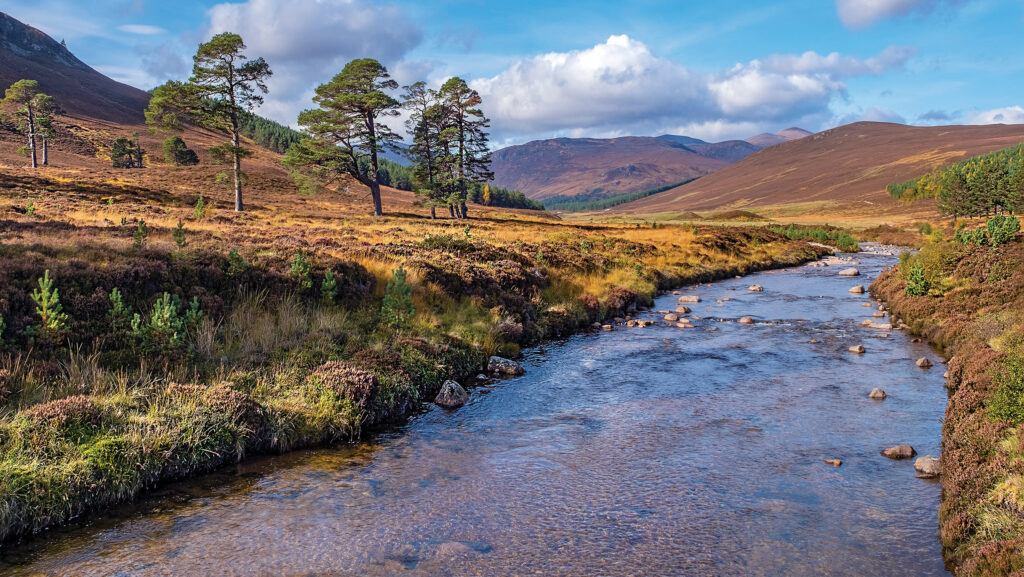Scots farm leaders question value of new national parks
 © Adobe Stock
© Adobe Stock NFU Scotland (NFUS) has reaffirmed its opposition to the creation of new national parks in Scotland, questioning the value they bring to farmers, crofters and local communities.
The Scottish government has committed to designating at least one new park by 2026, to join Cairngorms National Park and Loch Lomond and the Trossachs National Park.
Five areas – the Scottish Borders, Galloway, Lochaber, Loch Awe and Tay Forest – are in the running to be Scotland’s next National Park.
See also: Farmer Focus: National park proposal leaves us worried
Each area is being assessed for its suitability and a consultation on a preferred site or sites is expected to be held this summer, followed by a decision.
A Freedom of Information request has found that the Scottish government has spent more than £300,000 so far trying to identify an area.
NFUS says its opposition to the creation of new national parks is based on the experience of many farmers and crofters currently living and working in either the Cairngorms National Park or the Loch Lomond and Trossachs National Park.
NFUS vice-president Alasdair Macnab said: “In recent consultation with them, it was clear that existing parks had failed to make a positive contribution to farming and crofting.
“Feedback from members in existing national parks is there has not been enough focus on local views and, where community involvement was present, it was tokenistic.”
NFUS is calling for independent evidence of the value that existing parks bring to farmers, crofters and the local community and a similarly robust case why the national park outcomes cannot be achieved by other existing funding programmes such as VisitScotland and regional enterprise bodies.
SLE stance
Landowner organisation Scottish Land & Estates, said its members have mixed views on national parks, with some seeing the potential benefits and others fearful of the negative impacts on their business.
Stephen Young, SLE director of policy at Scottish Land & Estates, said: “From our perspective, it is crucial that a balance is struck between nature and climate objectives and the social and economic realities of those who live and work in the park.
“For any national park, it has to enable sustainable development within the area – it shouldn’t stifle business growth and employment opportunities and has to deliver for those who live and work there, not just visitors.”
